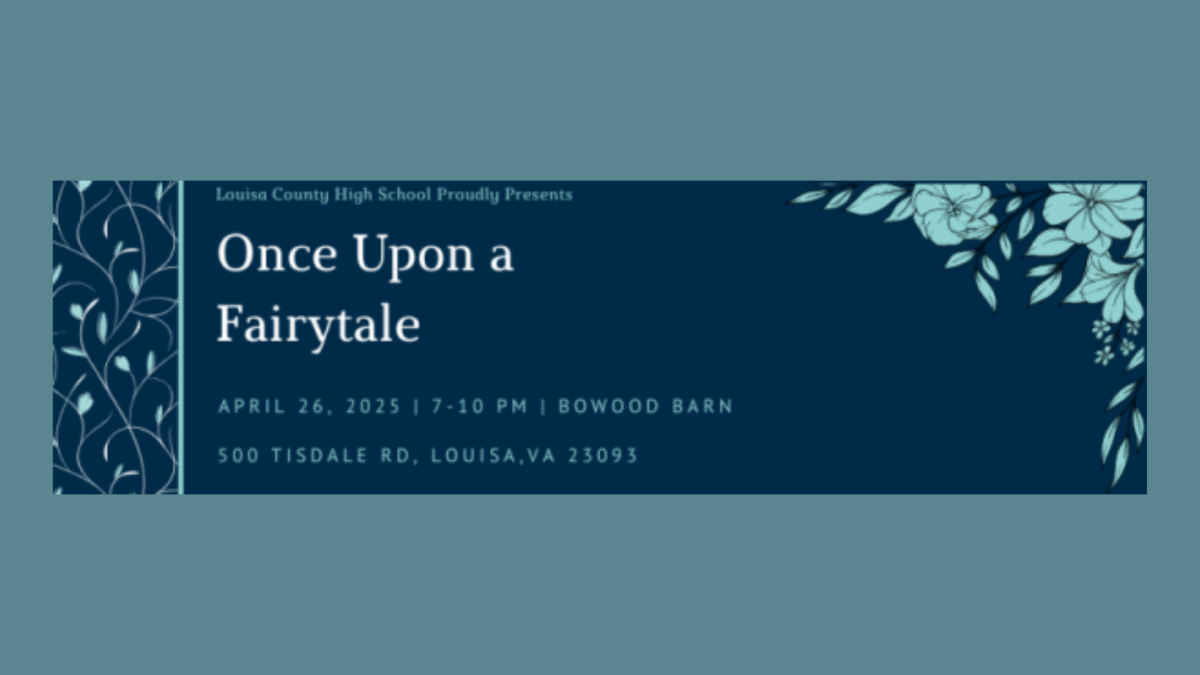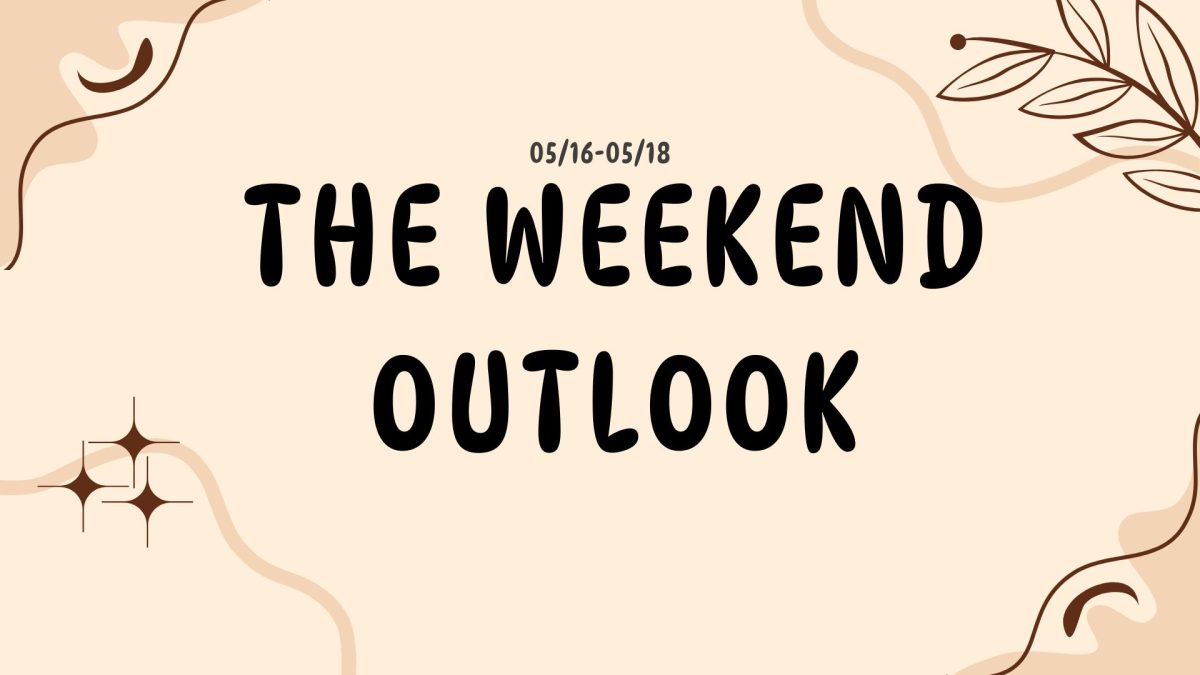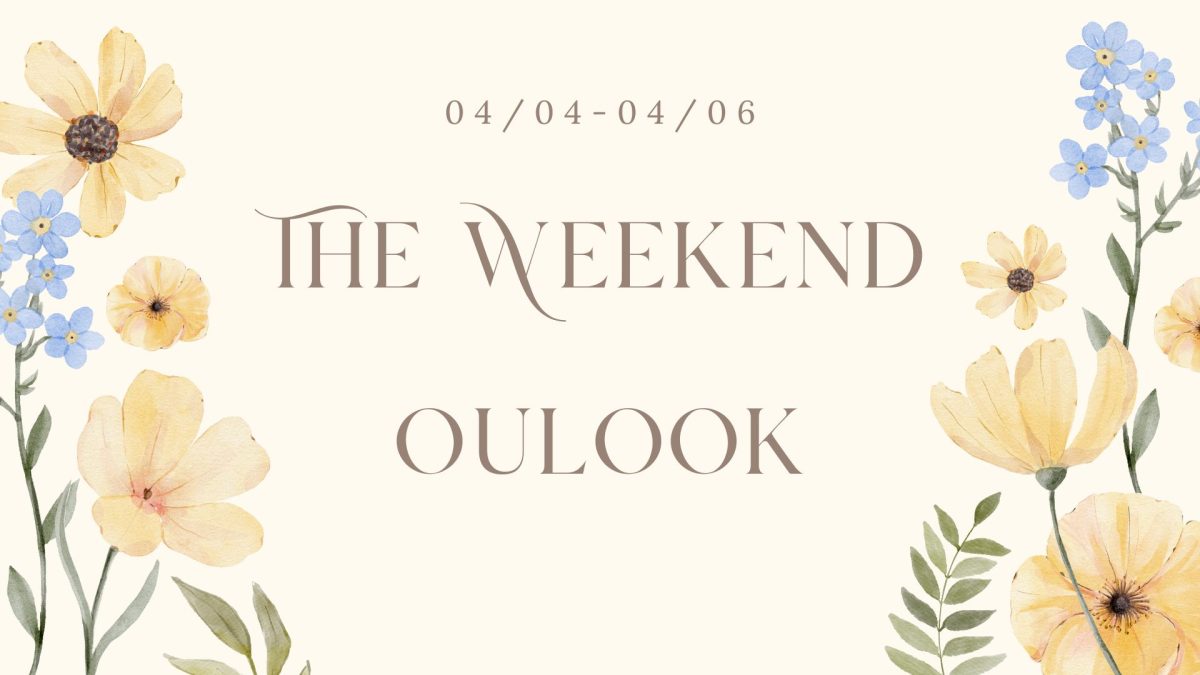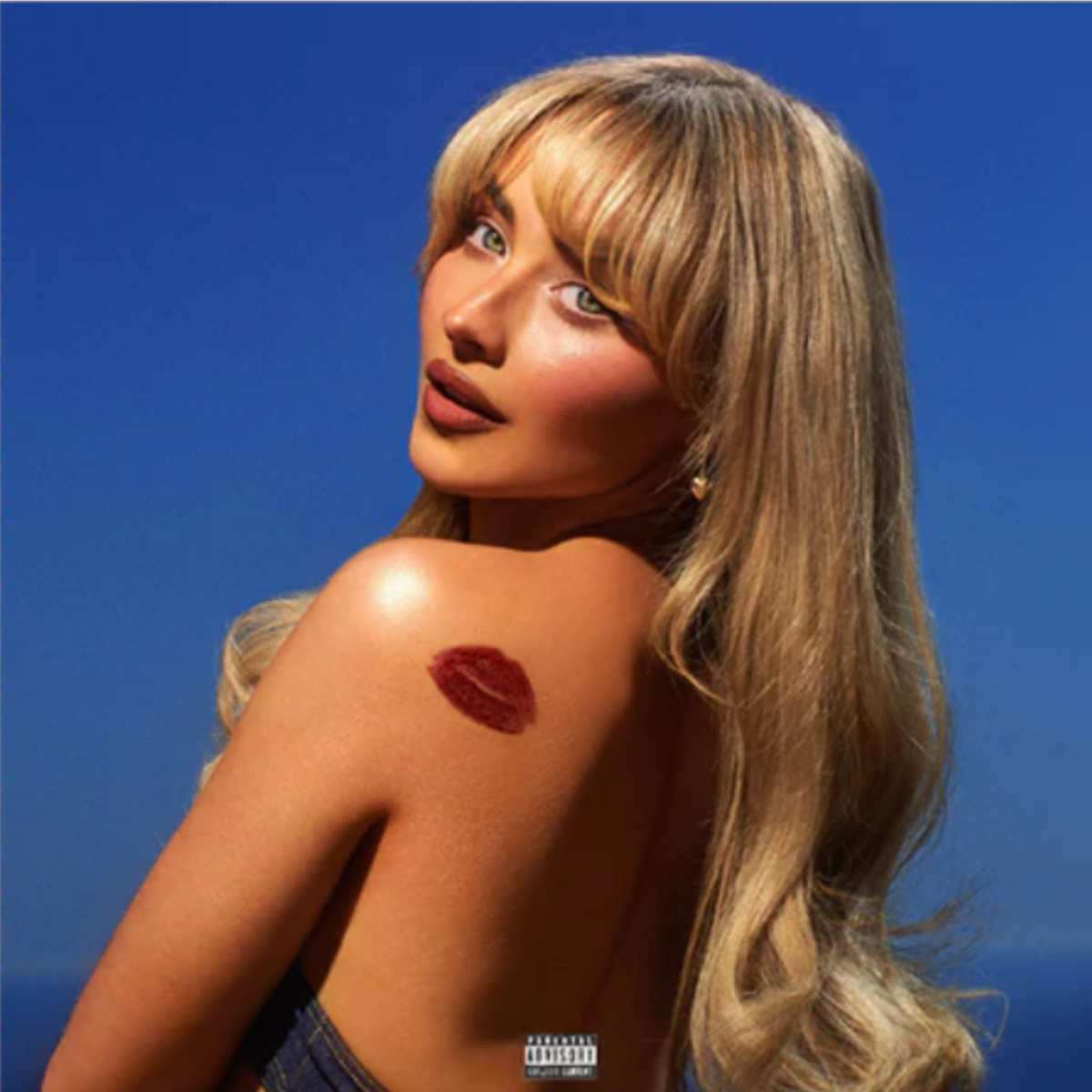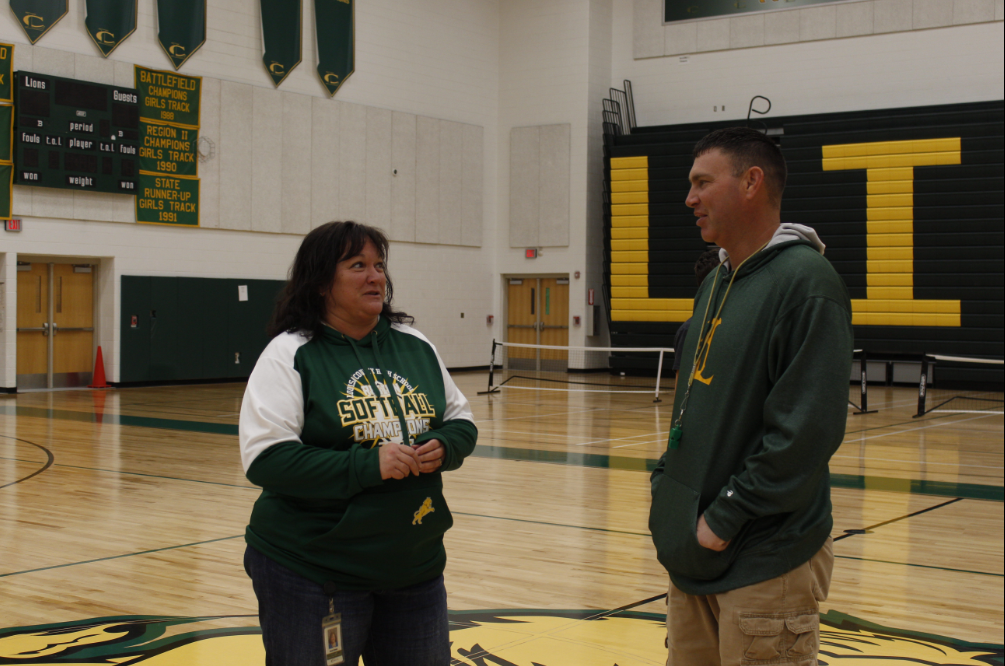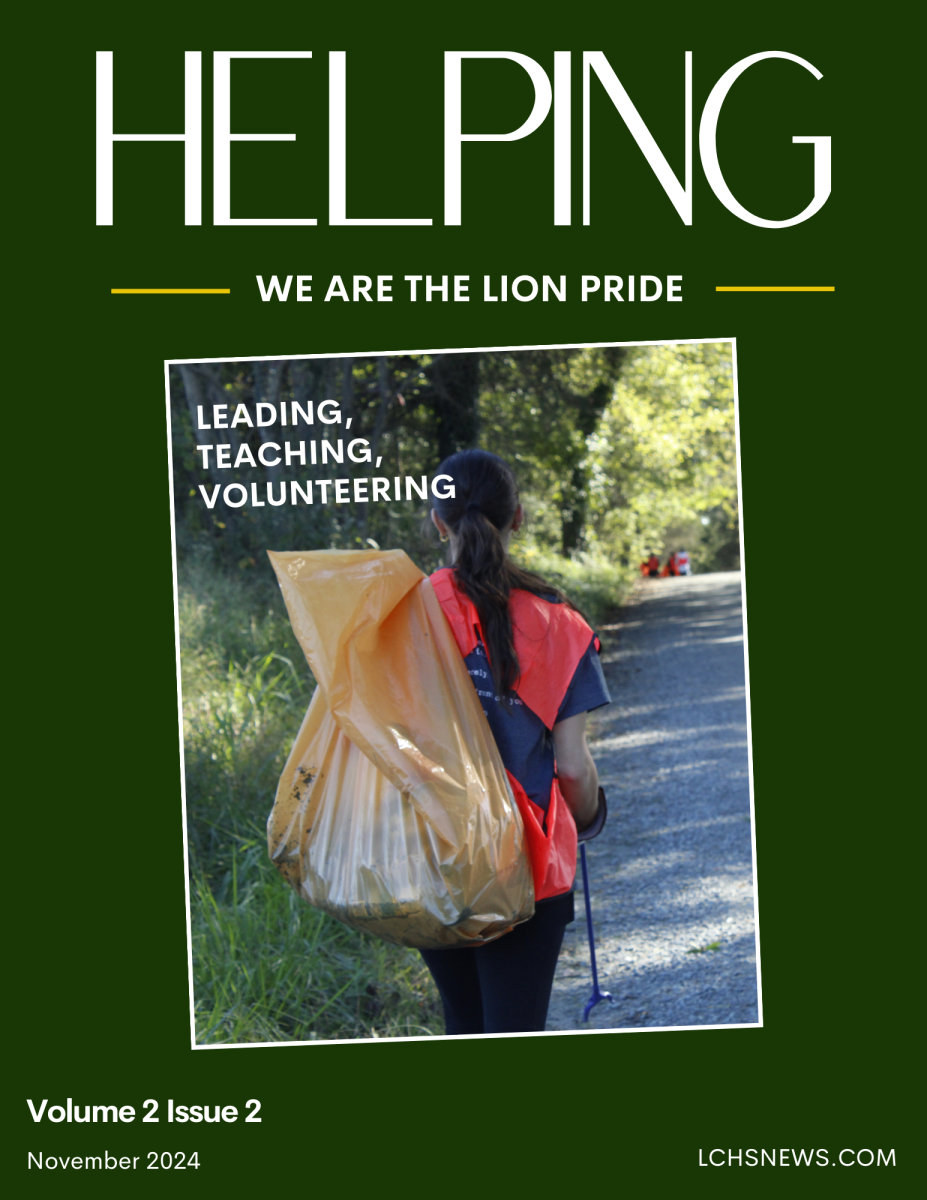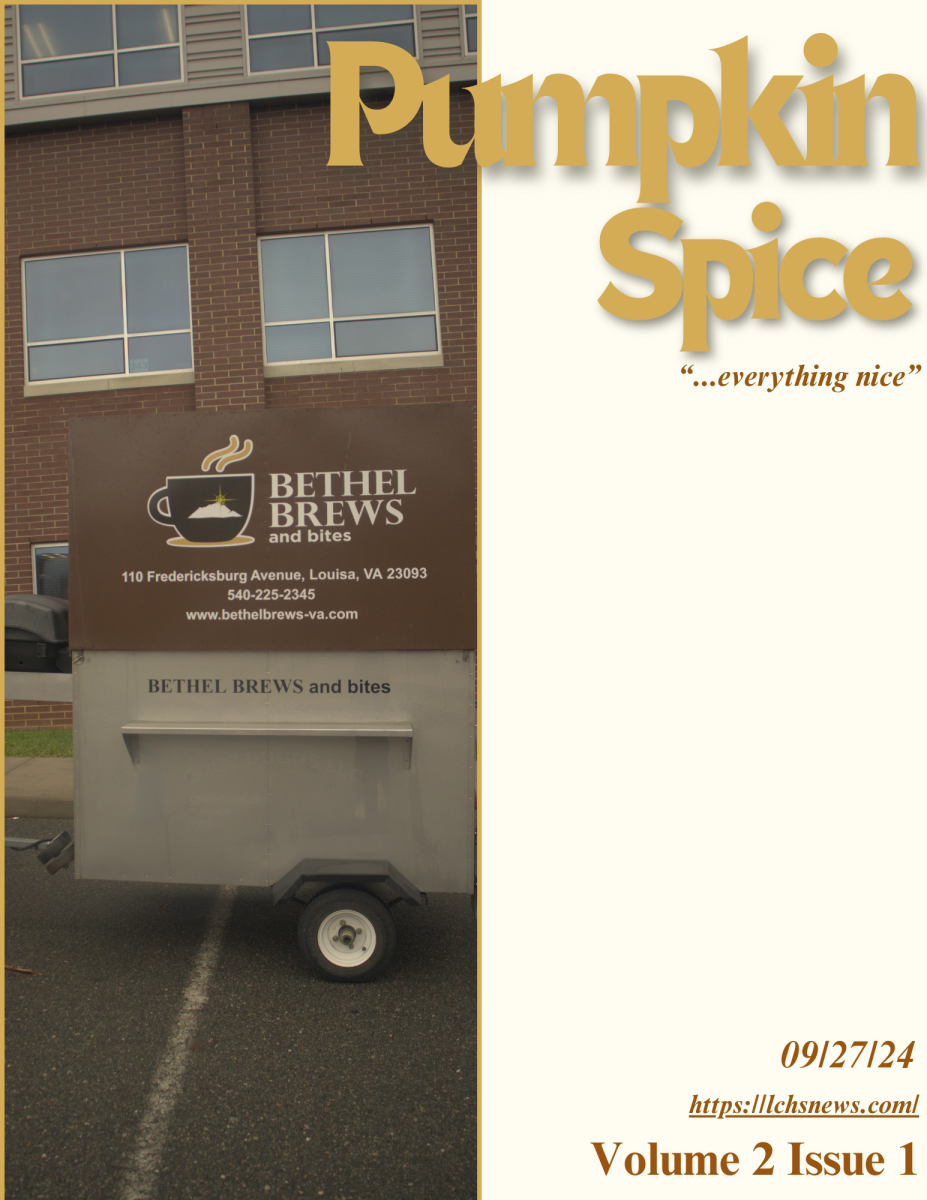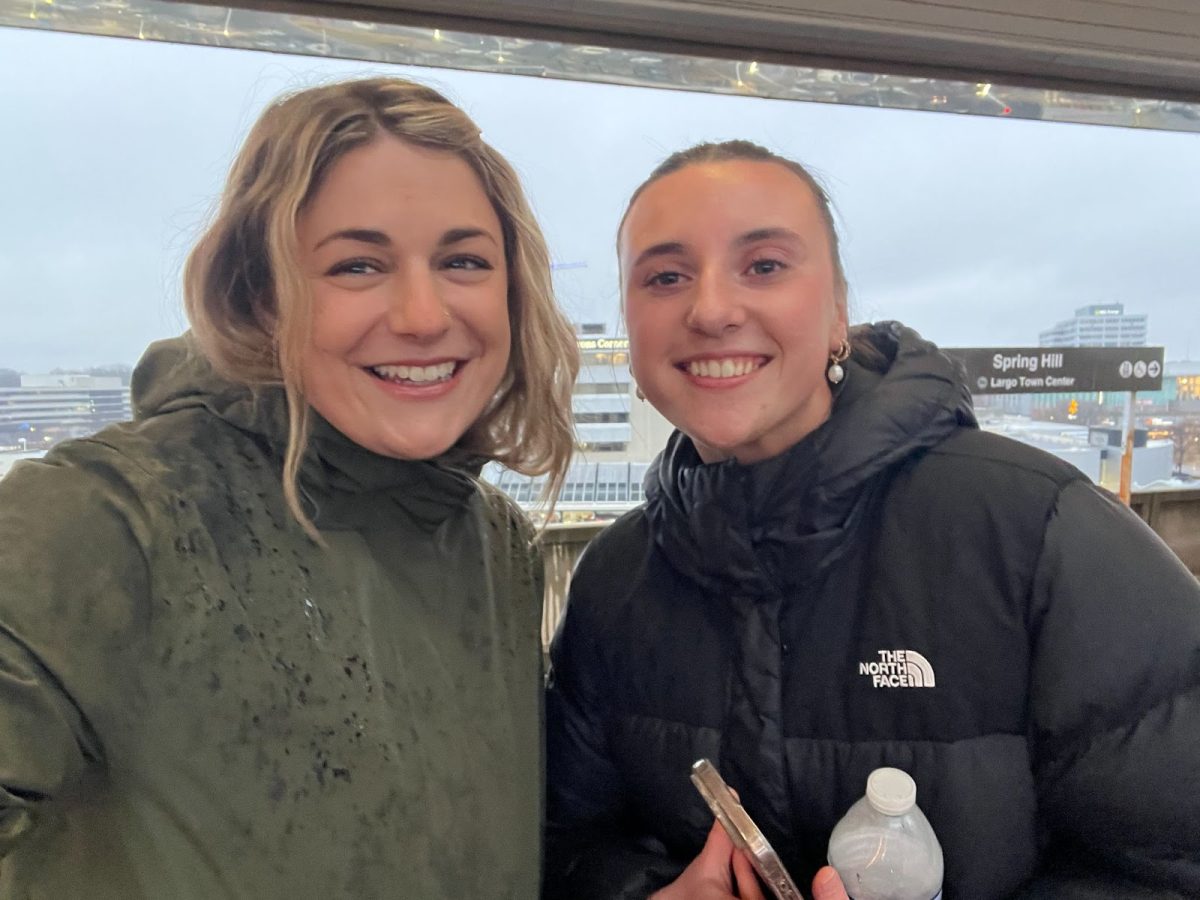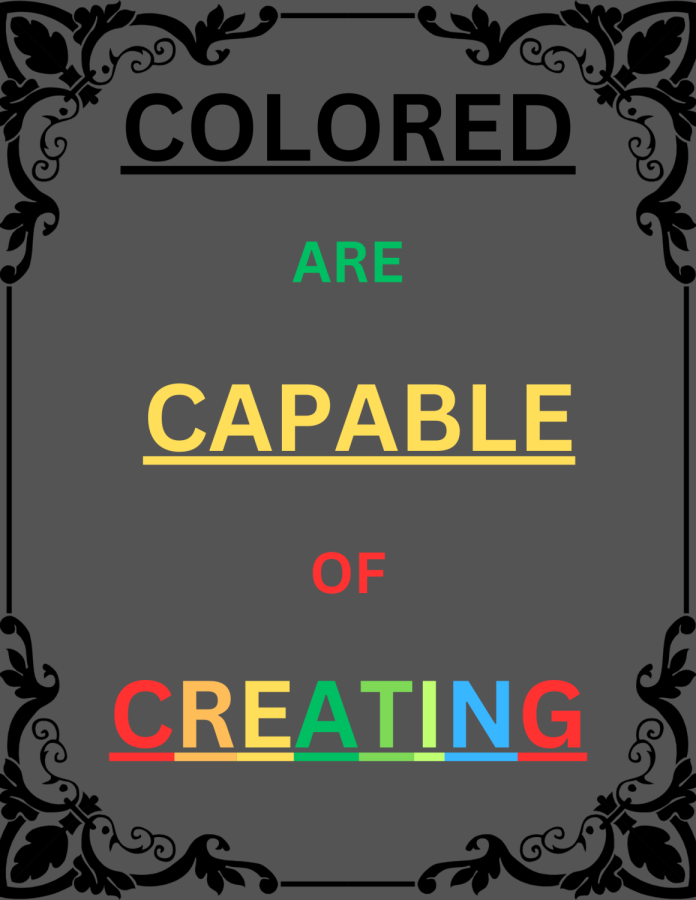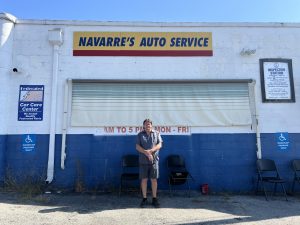Colored are Capable of Creating
This display was made by Joss J. on Canva to display the headline of her article “Colored are Capable of Creating.”
March 7, 2023
Health and beauty is a part of everyday life, although very few people actually know the history behind some of the products they use.
People of color often don’t receive much acknowledgement when it comes to getting credit for the things they’ve done. Hopefully, this article will shine light on just a few of the very brilliant things that people of color have originated and innovated.
Information provided by Biography.com suggests that Madam C.J. Walker suffered from scalp conditions which prompted her to create specialized hair products for African Americans hair in 1905. In the long-run, this made her one of the first American women to become a self-made millionaire.
Additionally, many people have Shea Moisture products incorporated into their daily routine in an effort to upkeep the health of their hair.. With this being said, it is important to know where these products are derived from. According to Shea Moisture’s website their products “[are] the legacy of Sofi Tucker, a pioneering mother of four and entrepreneur, who sold Shea Butter, African Black Soap and homemade beauty preparations in Sierra Leone in 1912.” Furthermore, they continued, “we honor her vision by continuing to formulate with Shea Butter handcrafted by women in Africa. With every purchase you show support of our mission to reinvest back in our communities.”
As reported by Healthline.com, shea butter is fat that is extracted from the nuts of the shea tree. It can be used to treat eczema, to moisturize dry skin, treat hair, and fade stretch marks.
Amongst the products originated by people of color is black soap. Black soap is made of dried plant matter such as plantain skins, cocoa pods, and shea tree bark. Some people may mistake black soap to only have benefits for people of color, though this is not true. Black soap got its name solely based on its dark color. It can be used to treat acne, reduce the appearance of dark spots, lessen the impact of eczema, and more. It also has antibacterial properties. It is safe for all skin types and can be used on all colors of skin. As claimed by Bellafricana.com, black soap originated in the western part of Africa in age-old Yoruba communities.
More products enhanced by people of color include, but are not limited to, hairbrushes and sew-ins.
Brushes used to be made from animal hair bristles which were very soft, so Lyda Newman invented brushes consisting of sturdy and dense synthetic fibers. This product helped people with coarser-textured hair to efficiently brush out their coils. Newman was the third African American woman to receive a patent for her invention.
With weave and wig installations being a favored hairstyle, there should be appreciation for Christina Jenkins because she made the process of getting these installations more elegant looking and efficient. Jenkins noticed the struggles people were facing such as their wigs falling off and being too bulky. She took this hairstyle formerly known as “hairweev” and turned it into the style most known today as a “sew-in.” Sew-ins get their name from the method in which the weave is installed. The weave is attached to a weft and sewed into a client’s cornrowed hair.
The hairstyle of “cornrows” get their name from how the braids look neatly lined up, similar to fields with rows of crops. This hairstyle helped enslaved people in numerous ways during their times of oppression.
Bedfordshire Students’ Union’s (Beds SU’s) website says that cornrows were used as a means of communication. The enslaved would braid certain numbers of cornrows to indicate meeting times. Bed SU’s website also states that they would braid their hair to represent potential paths to escape to freedom. Another great thing that was originated by the traditions of the Surinamese Maroon people was braiding rice and seeds into cornrows. People escaping were not bringing bags with them, making this technique very useful. This technique allowed them to have food to eat once they arrived at their destination of freedom, as well as food to grow.
The history of colored people is beautiful and resilient, yet so many people are uneducated on it. Hopefully, this article helped make some of the great things people of color achieved in their lifetime more acknowledged. Thank you infinitely to all of the people of color who have created things to help the people of today get to where we are and hopefully everyone had a wonderful Black History Month, 2023.




